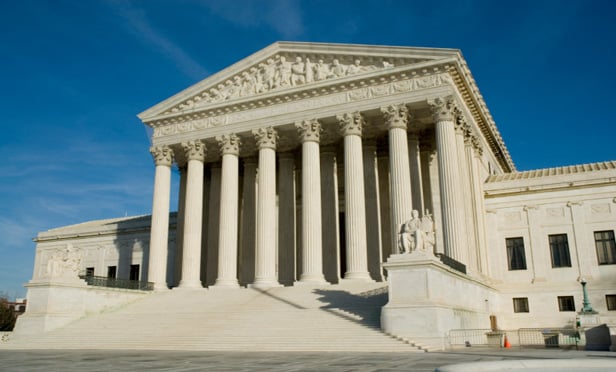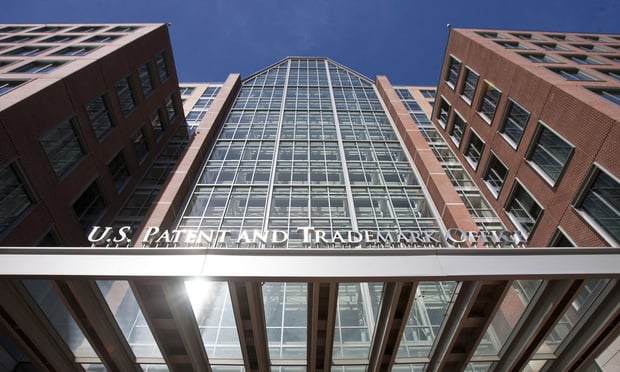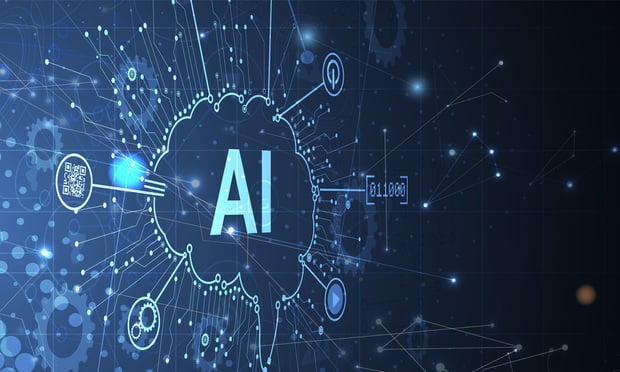Features

The State of Supreme Court Jurisprudence On Public Corruption
In the past decade, each time the Supreme Court has taken certiorari in a public corruption case, the court has reversed trial convictions and limited the types of conduct that constitute a federal bribery offense.
Features

Key Takeaways from the Latest USPTO Guidance on AI
The April Guidance, which supplements prior guidance issued in February, seeks to remind practitioners of existing rules and to educate them on potential risks associated with artificial intelligence tool use, allowing practitioners to mitigate these risks.
Features

Colorado Emerges As Pioneer With Consumer AI Legislation
The Colorado AI Act, the first of its kind in the country, aims to reshape AI system deployment and development, setting a precedent for other jurisdictions.
Features

New DOJ Self-Disclosure Pilot Program Increases Risk for Startups
The DOJ has created new incentives for employee, or anyone, to report criminal misconduct allegedly committed by companies and their agents. Given their often laxer internal reporting structures and higher employee turnover rates, startup companies should pay particularly close attention to this new development to best mitigate legal risks.
Features

Pennsylvania Bar Issues Opinion On Ethical Use of AI
Formal Opinion No. 2024-200 stands as the most detailed opinion issued by any Bar association to date, aiming to heighten ethical awareness and offer advice on addressing these issues. While aimed at Pennsylvania-licensed attorneys, the guidance is applicable to all lawyers everywhere.
Features

Antitrust Enforcement Agencies Target AI Companies
U.S. antitrust enforcement agencies may file complaints against the biggest companies advancing artificial intelligence, legal experts said in reaction to news reports of a handshake agreement between the Department of Justice and Federal Trade Commission.
Features

LJN Quarterly Update: 2024 Q1
Highlights some of the in-depth analysis and insights from lawyers and other practice area experts from the nine LJN Newsletters titles over the first quarter of 2024.
Features

Compliance Requirements of CISA's Proposed Cyber Incident Reporting Rule
This article focuses on the requirements of CISA's proposed cyber incident reporting rule, the compliance requirements for covered entities and the steps entities can take to protect themselves.
Features

Protecting Privacy and Sensitive Data In Era of Neurotechnologies
Scientists have been collecting neural data from the brain for medical reasons for years, with myriad regulatory constraints in place. But in 2024, technologies are moving fast and furiously into the realm of consumer products.
Features

How Will Criminal Law Enforcement Be Able to Police the Improper Use of AI?
Given the DOJ's limited tools to prosecute AI crimes where no one intended for the AI to violate the law, effective compliance likely will be the best defense for companies to avoid criminal charges for AI-based crimes.
Need Help?
- Prefer an IP authenticated environment? Request a transition or call 800-756-8993.
- Need other assistance? email Customer Service or call 1-877-256-2472.
MOST POPULAR STORIES
- Warehouse Liability: Know Before You Stow!As consumers continue to shift purchasing and consumption habits in the aftermath of the pandemic, manufacturers are increasingly reliant on third-party logistics and warehousing to ensure their products timely reach the market.Read More ›
- Major Differences In UK, U.S. Copyright LawsThis article highlights how copyright law in the United Kingdom differs from U.S. copyright law, and points out differences that may be crucial to entertainment and media businesses familiar with U.S law that are interested in operating in the United Kingdom or under UK law. The article also briefly addresses contrasts in UK and U.S. trademark law.Read More ›
- Inferring Dishonesty: The Fifth Amendment and Fidelity CoverageDishonest employees always have posed a problem for businesses. The average business may lose 6% of its annual revenues to employee fraud, and cumulatively the impact of employee theft on the economy is estimated to be $600 billion annually. <i>See</i> Association of Certified Fraud Examiners ("ACFE"), 2002 Report to the Nation on Occupational Fraud & Abuse, at ii, 4 (2002), available at <i>www.cfenet.com/publications/rttn.asp.</i> Although the average loss through employee embezzlement is $25,000, where computerized financial records or transactions are involved, the average loss increases nearly twentyfold. <i>See</i> National White Collar Crime Center, <i>WCC Issue: Embezzlement/Employee Theft,</i> at 2 (2002), available at <i>http://nw3c.org/downloads/Computer_Crime_Weapon.pdf.</i>Read More ›
- When Is a Repair Structural or Nonstructural Under a Commercial Lease?A common question that commercial landlords and tenants face is which of them is responsible for a repair to the subject premises. These disputes often center on whether the repair is "structural" or "nonstructural."Read More ›
